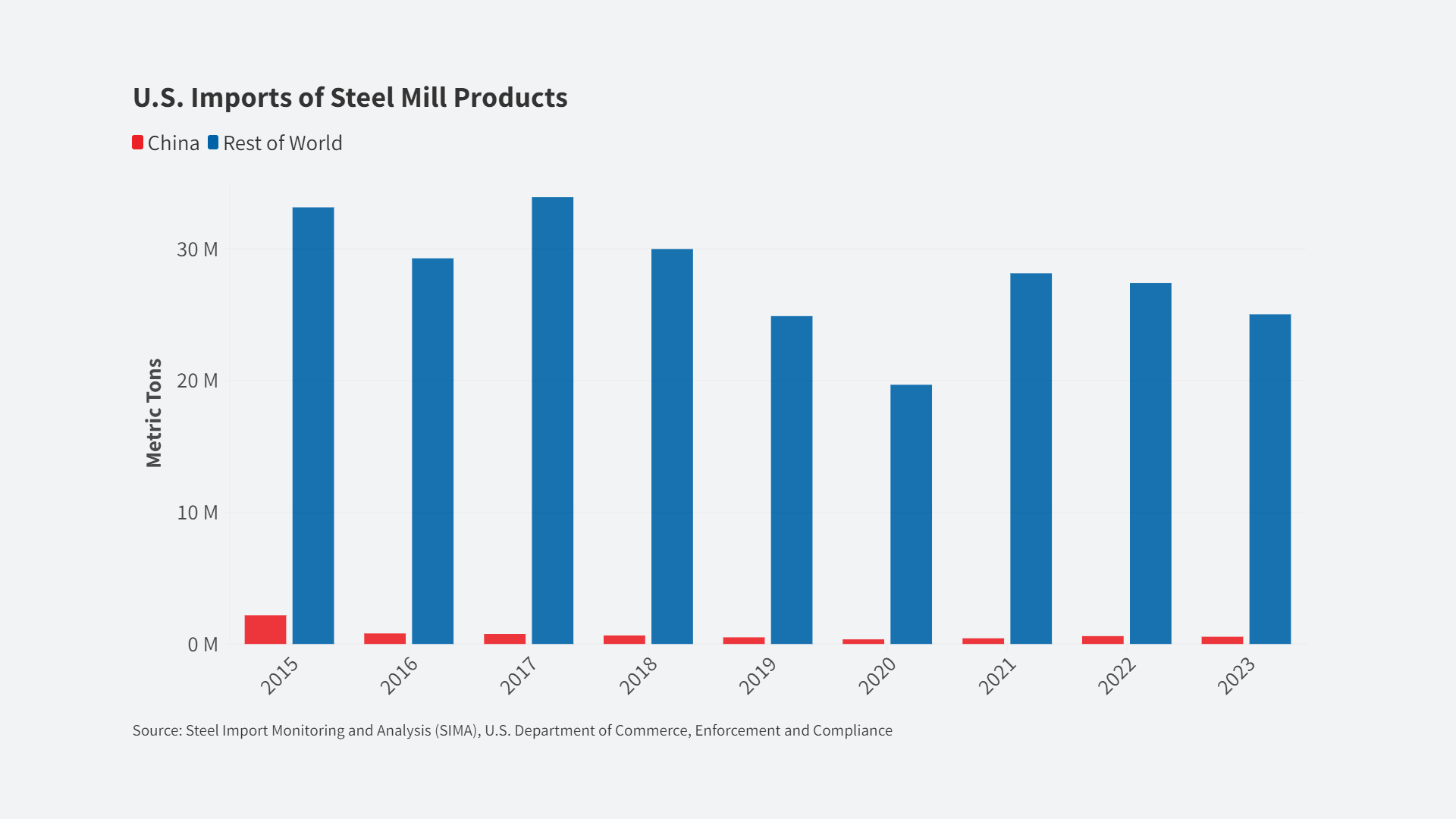by Michael Stumo
Back in our colonial days, we participated in what was called Triangular Trade. Our 13 colonies exported raw materials and natural resources to Europe. Europe exported value added manufactured goods. Africa exported slaves to the colonies.
Then America became a manufacturing powerhouse using our own raw materials (minus the slaves) to make high value products. We became a superpower because of our wealth (military capability came later, from our wealth). We became the biggest economy in the world between 1870 and 1900, long before we were regarded to be a global superpower after World War II.
Case in point: The US Trade Representative is trying to negotiate another rigged trade deal with Europe called the Trans-Atlantic Trade and Investment Partnership (TTIP). There is not much trade involved, but a lot of investment and top-down deregulation or reregulation (depending upon how you look at it).
But the economic and trade geniuses in Washington decided we would no longer have robust and diverse manufacturing supply chains. We would have advanced manufacturing and services. The trouble is services don’t grow productivity or wages. And advanced manufacturing does not survive without the full supply chain cluster. So our manufacturing declines – along with our wealth, jobs and wages – while services are what is left.
However, we our basic goods production and exports are increasing – in proportionate terms – in relation to valued added goods. That fact was noted by the European Union recently when the US complained that we have an agricultural trade deficit with Europe that needs to be solved.
The [European] Commission briefing also shows that Hogan’s office rejects U.S. assertions that the EU has a trade surplus. “The EU exports processed, high value products, which cannot be easily substituted (because of consumer preferences) whereas U.S. products are standardized commodities which are easily substitutable. …” (Politico Morning Trade, 5/30/16).
The European position is correct. But it shouldn’t be. US farmers’ and ranchers’ products should not necessarily be exported as commodities, but rather as value added products that are not easily substitutable. The same goes for our energy, raw minerals, basic metals production. All are the beginning of the supply chain. We should be continuing to process those raw materials for high value products, all within the US, for the US market and for overseas markets.
A simple goal. But trade policy moves us in the wrong direction. By design. We need to get smart again.
Update: I just received this study from Canada making a similar point regarding TPP. The study says the TPP will harm Canada’s trade balance and goods industries with more high value add imports even as lower value add exports occur. The jobs impact is also a problem. Here is the press release on the study.
—
TPP could worsen Canada’s trade balance, undermine job-intensive sectors: study
https://www.policyalternatives.ca/publications/reports/impact-tpp-tariff-removal-canadian-trade
May 31, 2016
OTTAWA – In the midst of the federal government’s Trans-Pacific Partnership (TPP) consultations, a new study from the Canadian Centre for Policy Alternatives (CCPA) sheds further doubt on claims the deal will generate significant trade benefits for Canada.
The study finds that the removal of tariffs in the TPP would likely exacerbate Canada’s growing trade deficit with the region, as more of the products Canada imports (7.2%) from TPP countries would become tariff free than the products that Canada exports (3.2%) to these countries.
“It is a vast overstatement to say the TPP grants Canada new access to Pacific Rim countries when 97% of Canadian exports already enter the TPP economies tariff free,” says John Jacobs, a trade and investment researcher (Carleton University) and author of The Impact of the TPP Tariff Removal on Canadian Trade.
Key findings include:
- Canada–TPP trade is unbalanced: 90% of Canada’s top 25 exports are primary commodities (copper, seeds, pork, coal and lumber) while 93% of Canada’s top 25 imports are more sophisticated manufactured goods (auto, auto parts, transmissions, telephones and printing machines).
- The TPP could damage Canada’s high-tech industries: Japan’s imports of high-tech products would face reduced Canadian tariffs whereas Canadian exporters would not receive corresponding benefits, since Japan currently does not apply tariffs on imports of advanced goods.
- The TPP would substantially erode the ability to actively support the development of strategic sectors, potentially undermining the Trudeau government’s commitment to diversify the Canadian economy.
- Indirect impacts of lowering tariffs could result in Canadian exports to the U.S., which currently face no tariffs via NAFTA, becoming less competitive relative to tariff-reduced imports to the U.S. from lower-production-cost TPP countries.
“The most lasting impact of the TPP, if it is ratified, may well be to heighten Canada’s dependence on raw or semi-processed resource exports, and contribute to the relative decline in manufacturing exports and jobs,” Jacobs noted.













